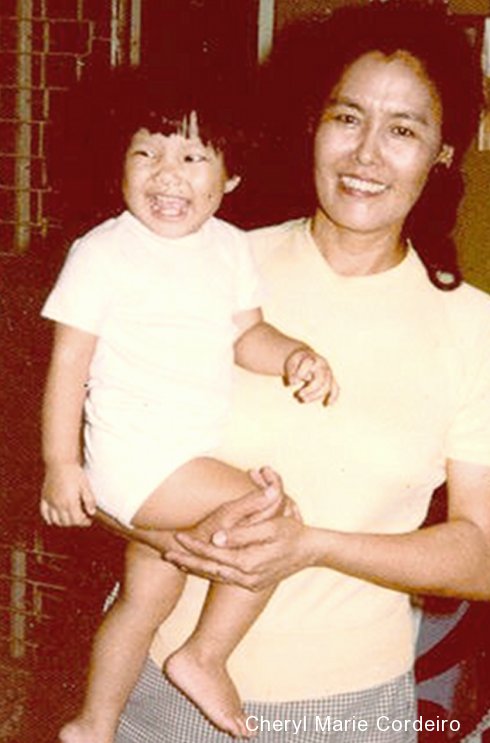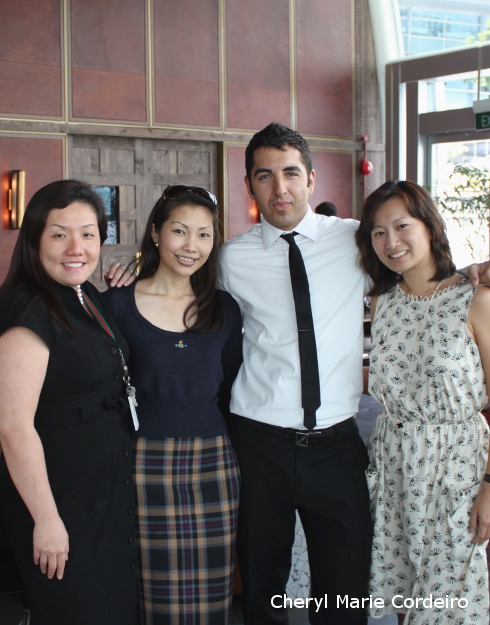
At Catalunya Singapore, The Fullerton Pavilion at Collyer Quay, Singapore.
Text and Photo © CM Cordeiro 2012
If it were not for a kind Samaritan I met along the way who pointed out directions to the Fullerton Pavilion in Singapore, I would have taken much more time before landing at the day’s lunch venue – Catalunya Singapore.
Coming in from the scorch of the mid-day tropical sun, it took a few seconds for the eyes to adjust to the dimmer interior of the bar and restaurant, though the line of sight didn’t need to venture farther than the reception to find a touch of Gaudí’s influence in the gleaming white broken mosaic pieces that clung to the columns of the dining interior. This influence of Gaudí would also continue, as I found, through the dining experience in the shapes and motifs of the plates and utensils on the table. Not two steps into the place, I was surrounded by individuals who spoke Catalan and Spanish, déjà vu and I felt right back in Barcelona again, and felt right at home.
Continue reading “Catalunya Singapore, a touch of Barcelona, Spain at the waterfront”
![Vasquez, Rodriguez and Roemer (2008) arXiv:0807.2217v1 [cond-mat.dis-nn]:](https://www.cmariec.com/blog/wp-content/uploads/2012/10/Multifractal-3D-Anderson-model.jpg)
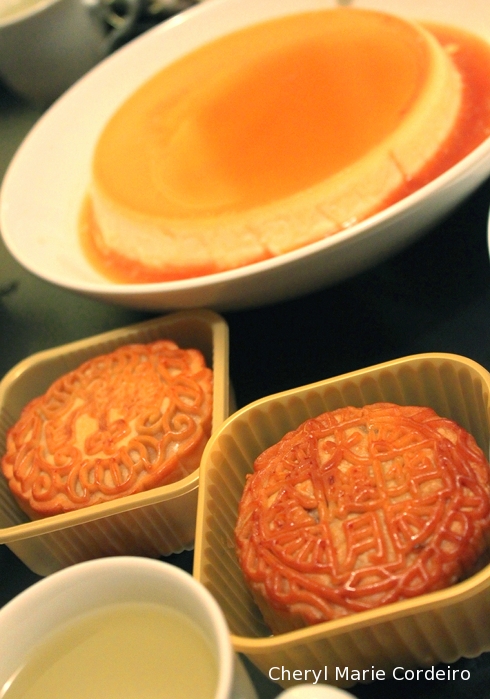


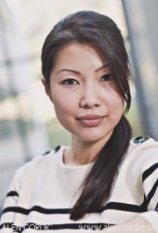 I read with interest, Peter Ho’s
I read with interest, Peter Ho’s 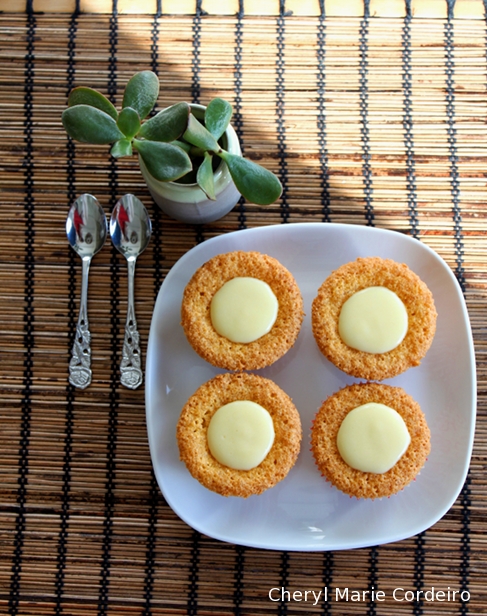
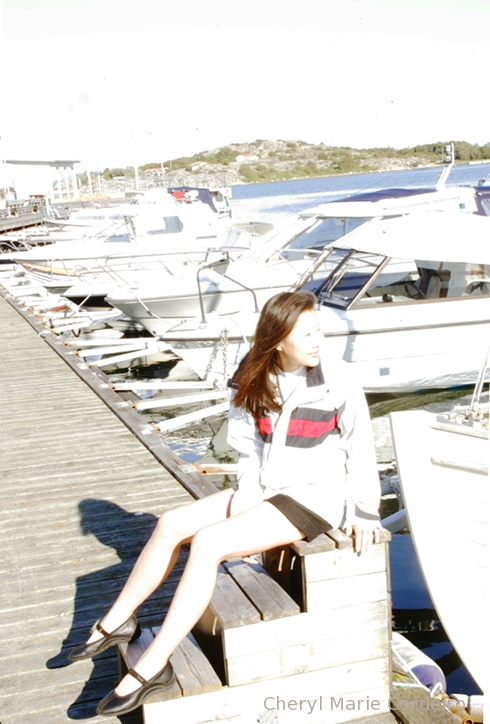
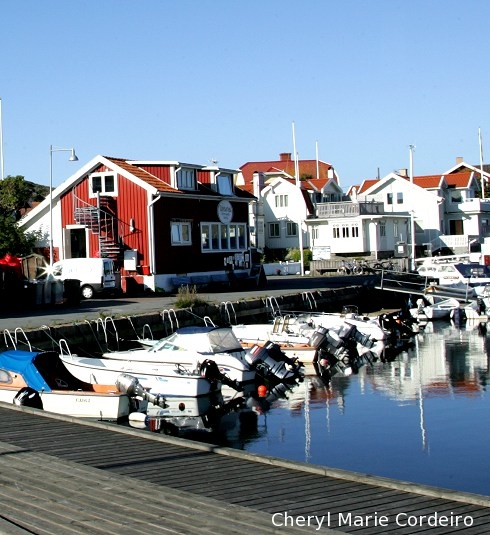
 It was also during this time that Geely acquired Volvo Cars from American Ford in 2010, landing China the single largest foreign acquisition, at the same time (
It was also during this time that Geely acquired Volvo Cars from American Ford in 2010, landing China the single largest foreign acquisition, at the same time (
